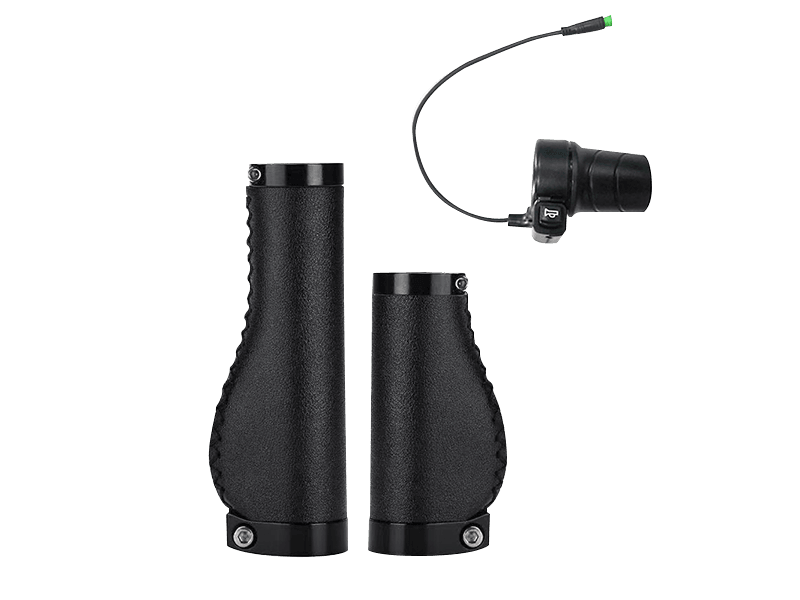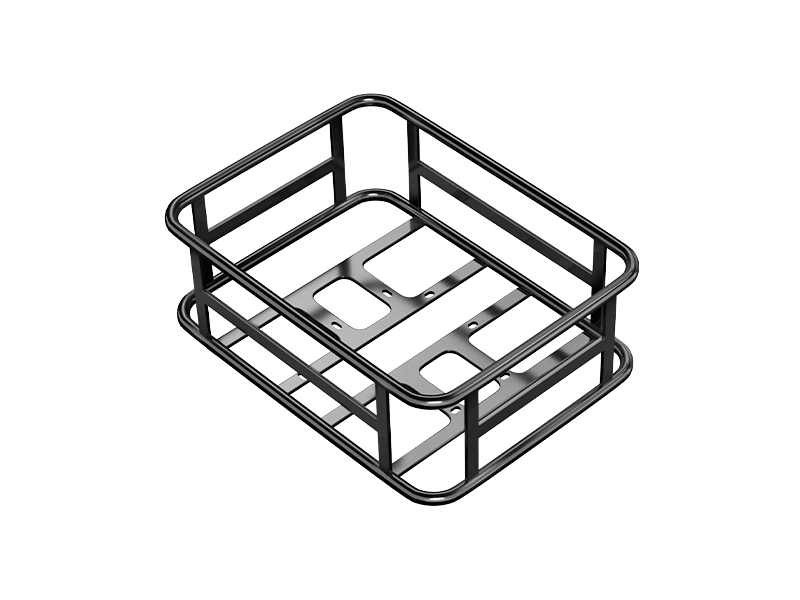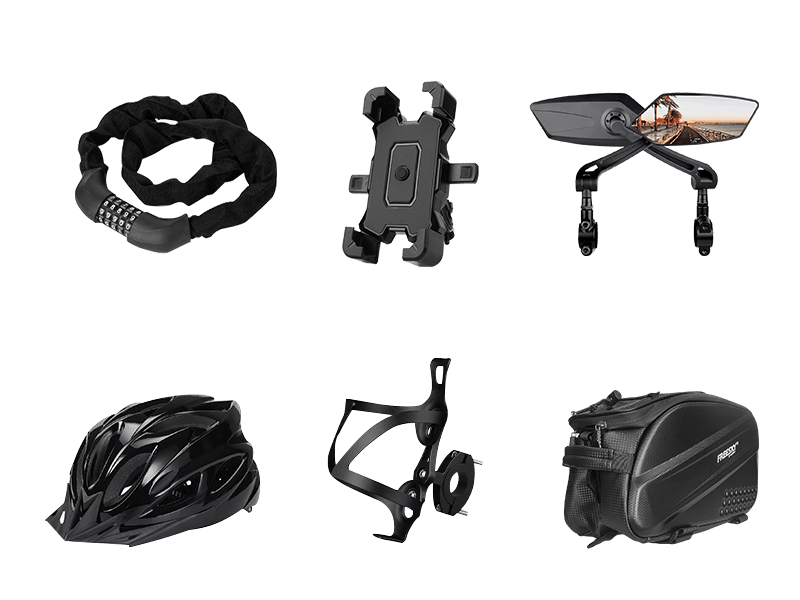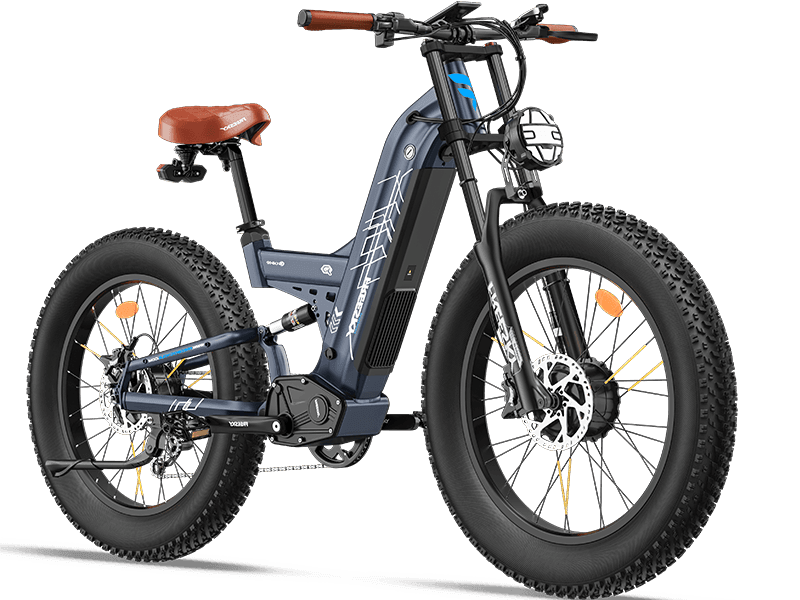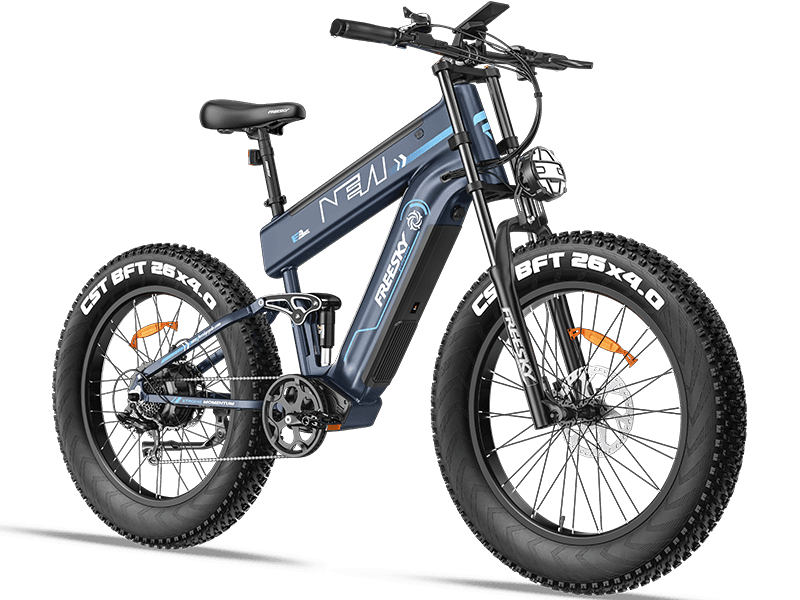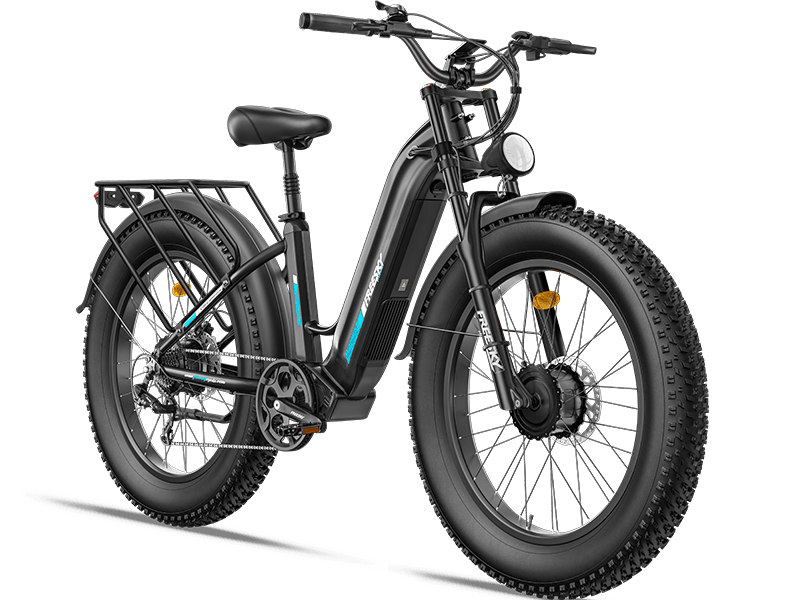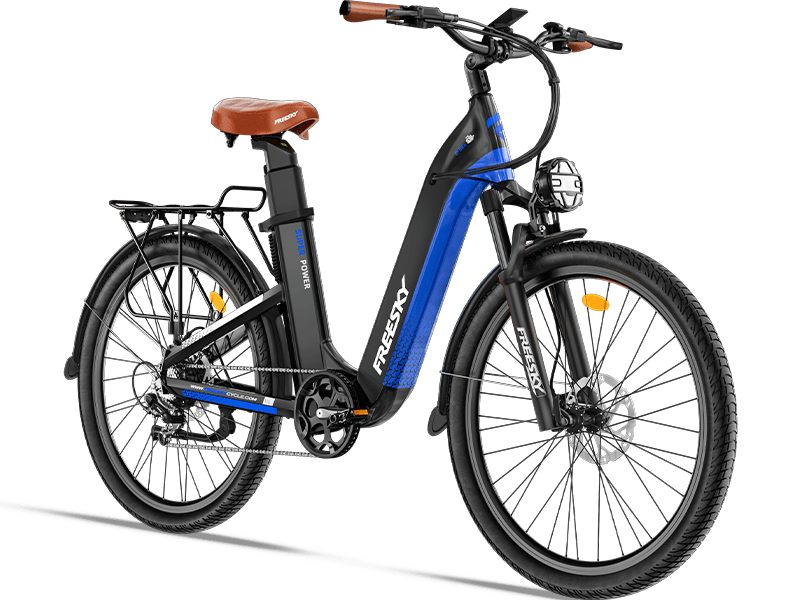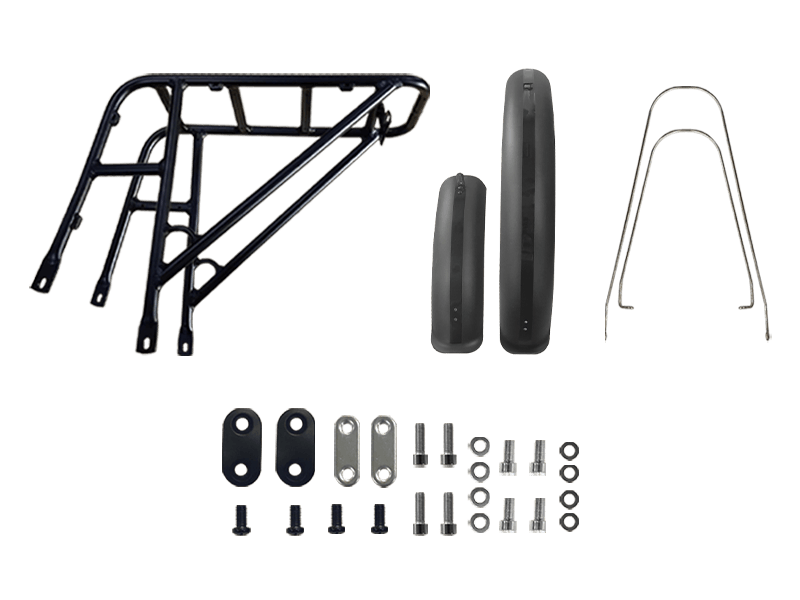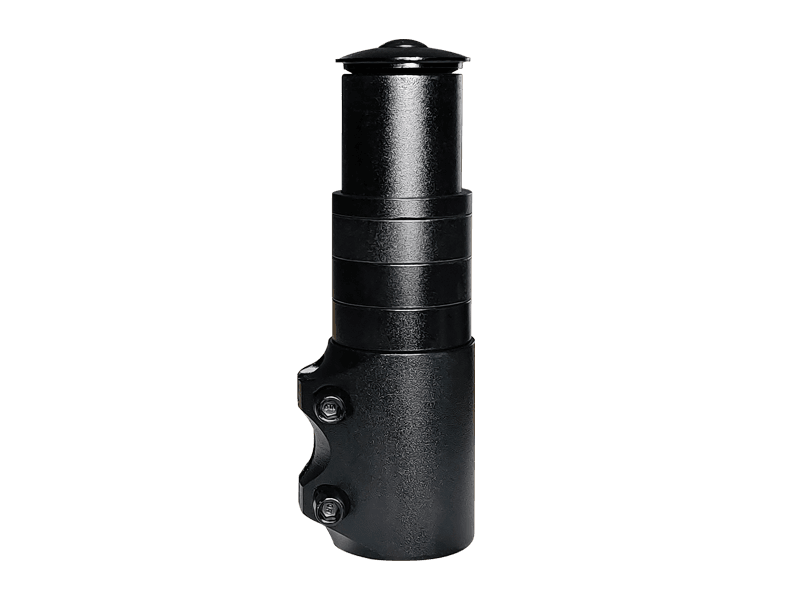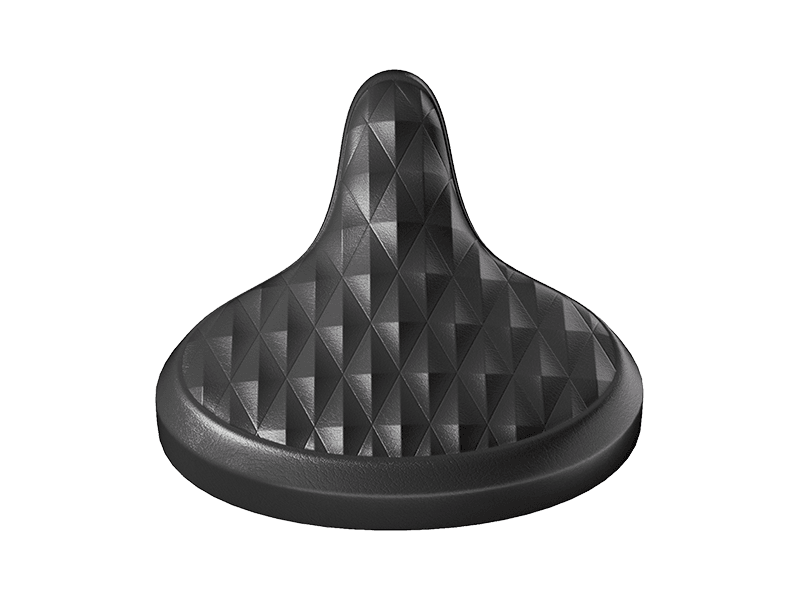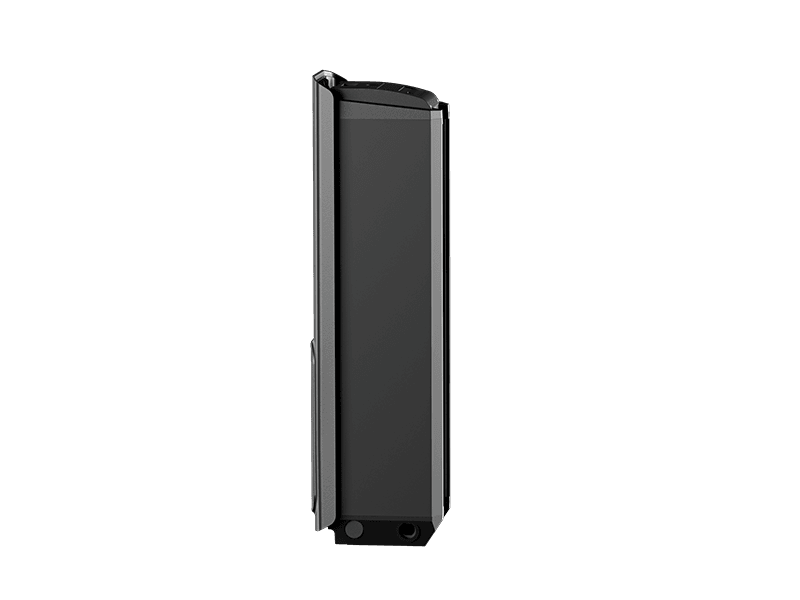5 Quick Ways to Keep Your Electric Bike Frame Tight and Secure
AUG 01, 2025
It usually starts with a faint creak. Then perhaps a wobble as you ride over a pothole or uneven paving. You’re not imagining it—your electric bike frame could genuinely be working itself loose.
The good news is that most of the time, it’s not a major repair. With a few quick checks, you can tighten things up yourself and get back that solid, confident ride.
Let’s look at the warning signs and the five simple fixes you can do at home.
How to Spot a Loose Electric Bike Frame
-
Creaking noises: Especially when accelerating, climbing or cornering—these often come from joints or bolts rubbing.
-
Unstable ride feel: A soft or shifting sensation when riding over bumps or rough roads.
-
Loose hinges or connectors: Play in folding joints or frame connections, common on folding e-bikes.
-
Wheel misalignment: When you lift the bike, if the front and rear wheels don’t line up straight, the frame could be slightly twisted or deformed.
Five Quick Frame-Tightening Checks
1. Check the Headset and Stem
If your handlebars feel twitchy or you hear clicking during turns, the headset or stem may be loose.
What to do:
-
Hold the front wheel between your knees.
-
Try twisting the handlebars—if they move separately from the wheel, tighten the stem clamp bolts with an Allen key.
-
Don’t overtighten; the aim is snug and smooth.
2. Secure the Seat Post Clamp
A slipping seat post isn’t just annoying—it can cause flex at the back of the frame.
What to do:
-
Loosen the clamp, reset your saddle height, then retighten firmly.
-
If available, use a torque wrench for accuracy.
-
A dab of carbon paste (for carbon posts) or grease (for alloy) can help prevent slipping.
3. Inspect the Crankset and Bottom Bracket
Creaking while pedalling often comes from movement in the crank arms or bottom bracket.
What to do:
-
Wiggle each crank arm sideways.
-
If there’s play, tighten the crank bolts with the correct Allen key.
-
If the bottom bracket itself is loose, you may need a bike shop to re-torque or replace it.
4. Examine Folding Joints (for Folding E-Bikes)
On folding bikes, the hinges and latches are critical. Even slight looseness can lead to wobble.
What to do:
-
Fully unfold and lock the bike.
-
Check for any play in the hinges and tighten latch bolts.
-
Lubricate moving parts where needed.
⚠️ If the play persists, contact your brand’s service centre—riding with loose folding joints is unsafe.
5. Check Rear Triangle and Axle Stability
The rear wheel area (seatstays, chainstays, dropouts) carries much of the load.
What to do:
-
Make sure axle nuts or quick-release levers are tight.
-
Inspect welds for cracks or stress marks.
-
Confirm the derailleur hanger and brake mounts are firmly secured.
Why You Shouldn’t Ignore Frame Looseness
A wobbly frame isn’t just irritating. Left unchecked, it can cause:
-
Metal fatigue and cracks.
-
Premature wear of components.
-
In extreme cases, sudden failure and loss of control.
Your frame is the backbone of your e-bike—keeping it solid is as important as charging your battery or checking tyre pressure.
Preventing Frame Looseness
-
Do a monthly manual check: Test the headset, seat post and joints by hand.
-
After wet rides: Moisture can encourage corrosion—bolts may loosen quicker.
-
Use the right tools: A small hex key set and torque wrench are great investments. Regular checks save bigger repairs later.
Built with Stability in Mind: Freesky’s Frame Advantage
Freesky frames are designed with long-term reliability at their core. Whether it’s the dual-motor Warrior Pro, the extended-range Alaska Pro, or the versatile Nova, each model is built with reinforced frame structures to resist flex and reduce vibration—so your bike feels stable, even after years of riding.
Final Thoughts
A solid ride starts with a solid frame. If you notice creaks, wobble or misalignment, don’t ignore it. Run these five quick checks and keep your ride tight, responsive and safe.
Ride strong. Ride safe. Ride Freesky.
FAQ: Electric Bike Frame Looseness
1. Do all creaks mean a loose frame?
Not always—noises can also come from the saddle, pedals or brakes. But if it’s near the headset, bottom bracket or folding joints, check the frame first.
2. Is it safe to ride with a loose frame?
Not recommended. Even a short ride can worsen wear or risk sudden failure.
3. Are folding e-bikes more prone to looseness?
Yes. Extra hinges and latches mean more stress points. Check them more often if you fold daily.
4. How often should I check my frame?
At least once a month, or every two weeks if you ride heavily or on rough roads.
5. How do I know if bolts are tight enough?
Snug, not forced. A torque wrench is the safest way to get it right.


